What is a phantom traffic jam, why do they happen and how can they be stopped?
On By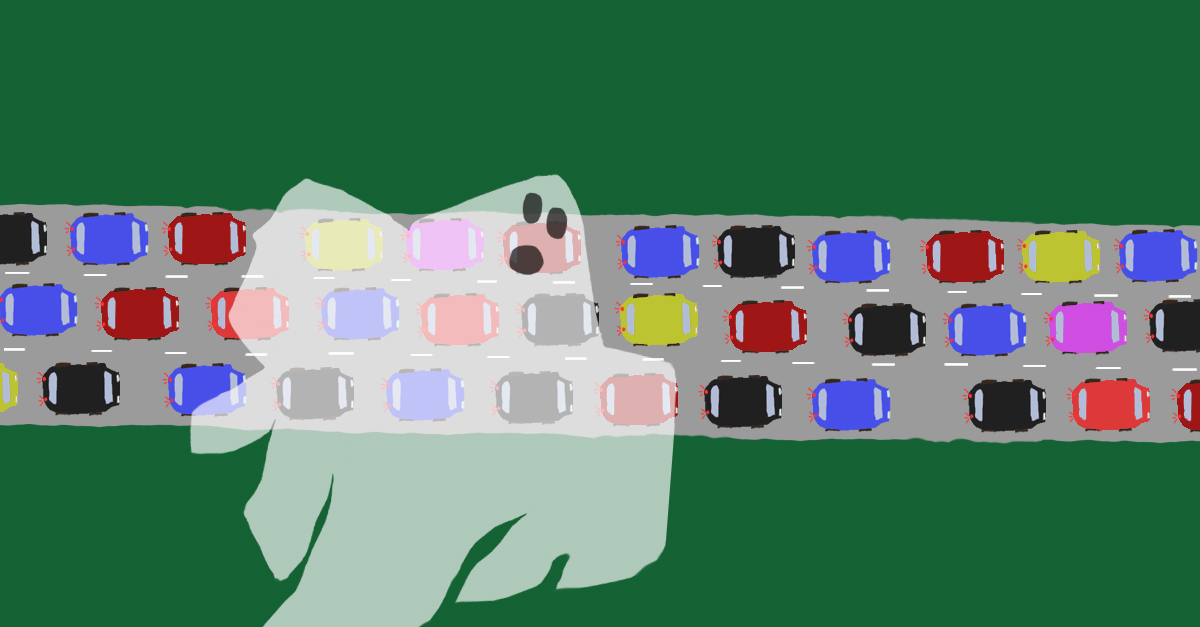
Have you ever been caught up in long lines of traffic despite there being no signs of an accident once you get to the front of the queue? This interesting phenomena is called a phantom traffic jam, and it can be caused by a number of factors.
In theory, if every driver on the road maintains equal spacing and a constant speed then traffic would flow smoothly with no stoppages. However, because of human error and delayed reactions, it only takes a small minor disturbance to set off a chain reaction down a congested road.
If just one driver down a busy motorway brakes, even just slightly, then this is enough to trigger a chain of events.
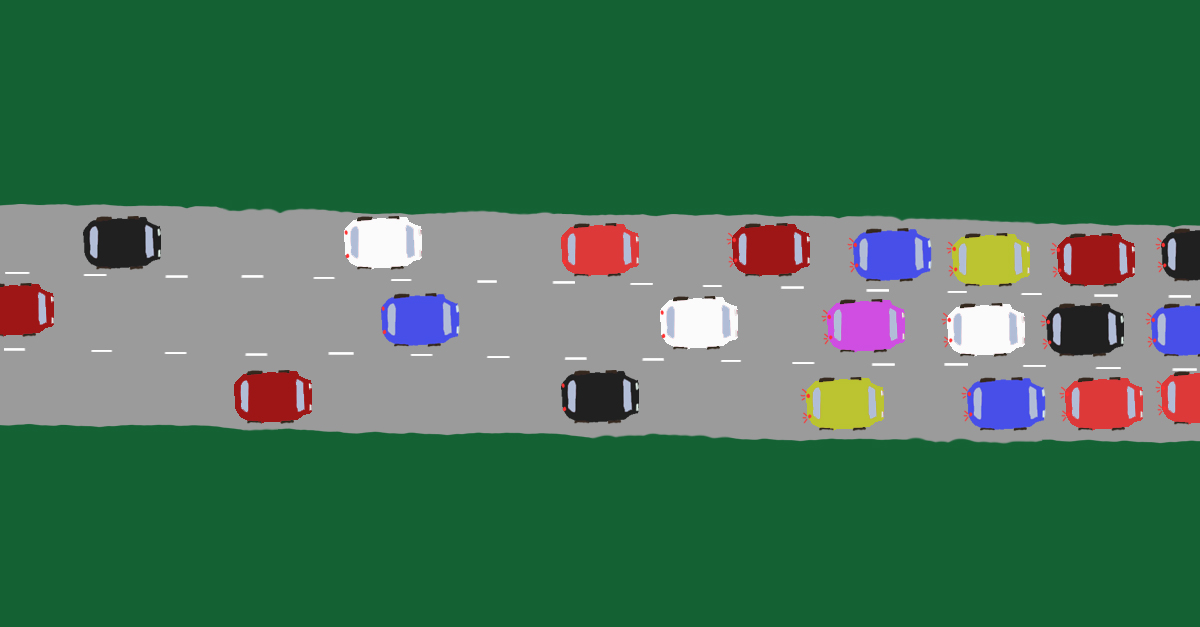
Each successive driver in the line of traffic then brakes a little more strongly, thus creating a wave of braking that propels itself back down the line of vehicles on the road. These waves can persist for miles down the motorway.
However, on less congested roads, these minor disturbances caused by braking are much less likely to have the same effect. This is because they are absorbed by other drivers’ reactions and appropriate adjustments.
Typically it is thought that when the distance between cars on a motorway comes to within 35 meters then phantom traffic jams are much more likely to occur because of a scientific process called dynamic instability. The greater the density of cars on the road, the greater the traffic jam.
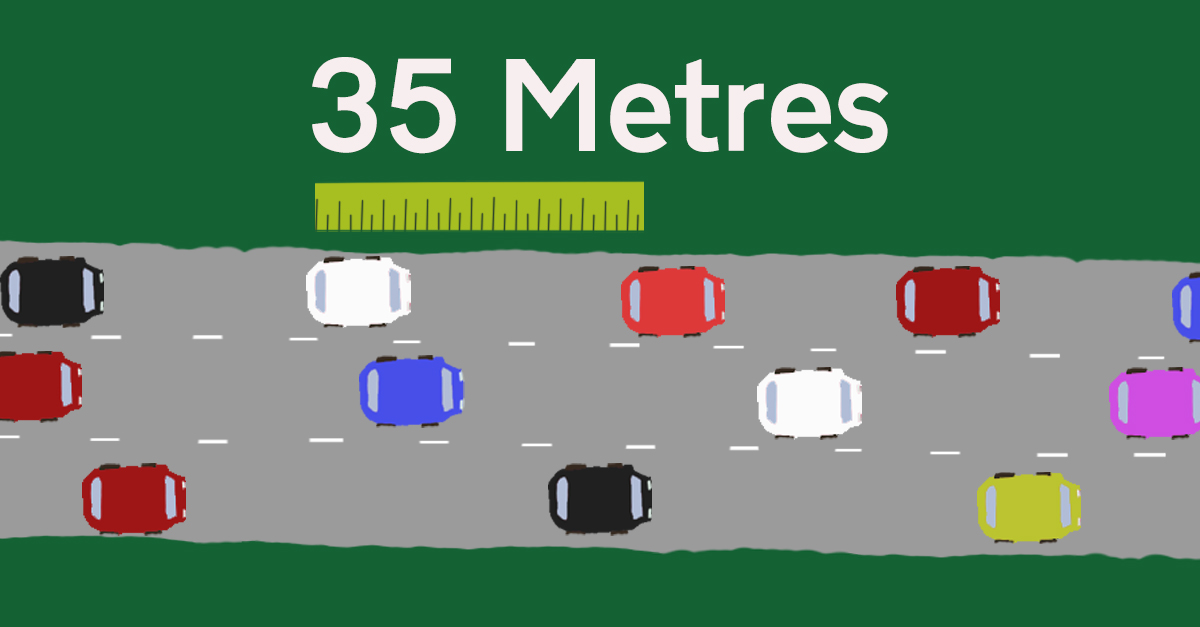
Dynamic instability is something that is very common in the natural world and is a process that can be observed in sand dune formation and cloud patterns.
Disturbances that can cause braking.
There are a few factors that can cause braking that ultimately extends into a phantom traffic jam.
Rubbernecking is one preventable cause. This is when drivers slow down as they pass an incident, such as a crash, on the motorway. As well as being dangerous, rubbernecking is one of the leading factors that causes congestion.
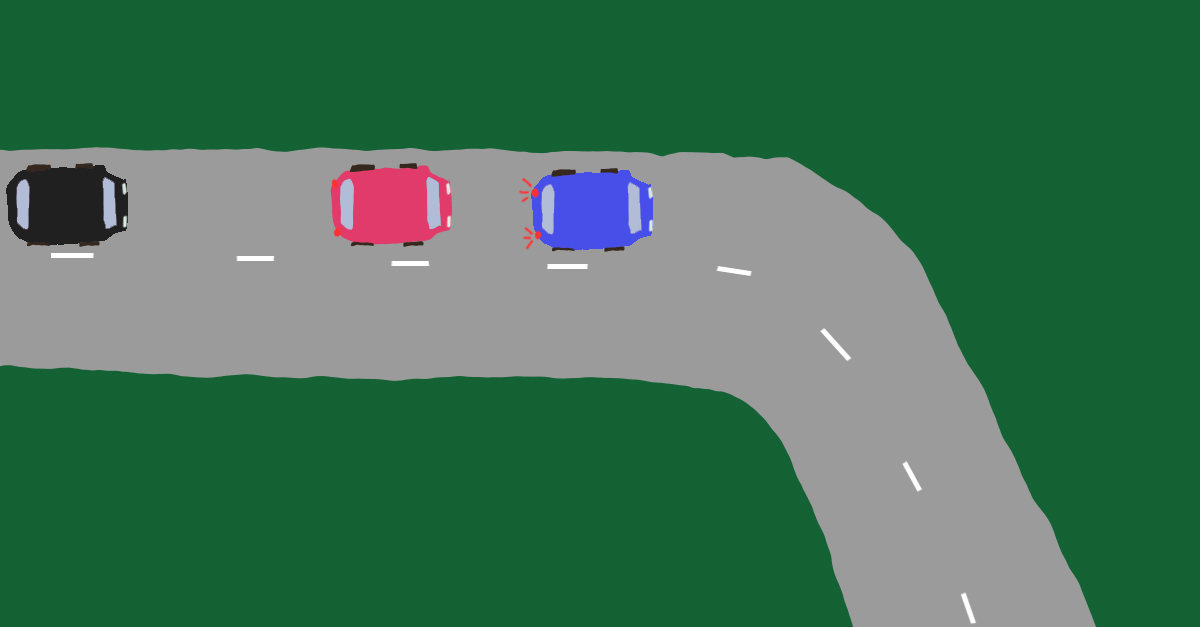
Lane changing and braking at bends in the road are also common factors that help to trigger traffic. Ultimately anything that causes a driver to slow down can be enough to have a knock-on effect down the line.
Why is this a problem?
Traffic jams are frustrating for motorists, however, if you take a closer look there are a few more issues that these can create.
Firstly, is something called ‘opportunity cost’. Opportunity cost is the idea that holding up people in traffic is preventing people from being productive and so over time this reduces regional economic health.
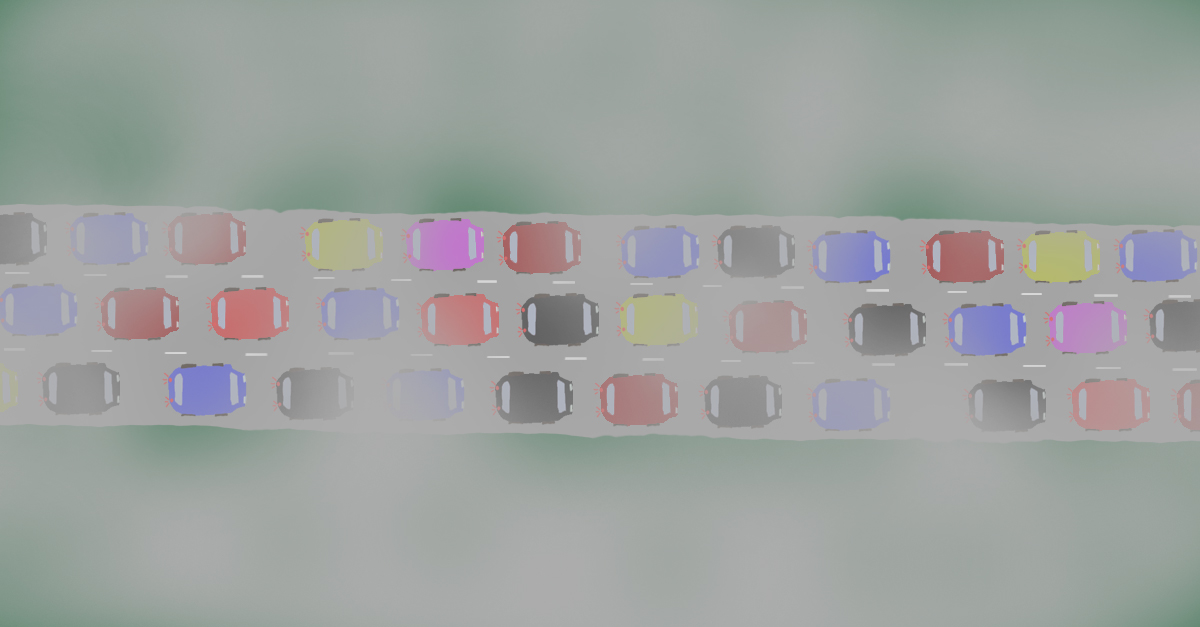
The wasting of fuel and increased emissions are some other big reasons as to why congestion is a problem. Noise and air pollution will negatively affect surrounding areas and people’s quality of life.
Phantom traffic jams can also be dangerous. Continuous stopping and starting increases the chances of collisions and blocked traffic can slow down emergency services.
How can phantom traffic jams be prevented?
Due to the negative environmental and economic impacts that these unexpected jams cause there have been measures to try and stop these occurrences from happening.
Smart motorways can be seen across the UK and these help by actively adjusting the speed limits. Cameras can detect when the flow of traffic at a given point is slowing down and can then reduce the speed limit further back down the motorway to help lessen the bunching up of vehicles that cause congestion.
The idea is that this prevents the ‘wave’ of sharp braking that would have occurred if no action was taken, as the quicker cars from behind caught up to the slowing traffic in front. Instead, the cars behind adjust their speed and all the cars can move along with no stoppages.
Another measure that has been taken is using a screen to cover up crashes on a motorway. This prevents rubbernecking but can be expensive and hasn’t yet been widely used across the country.
On top of all this, drivers can also help by adjusting their driving habits. Although it may be impossible to know if traffic is slowing a few miles up the road, drivers can take more care when they are braking and try to adjust their speed on what they can see ahead.
Driverless cars.
Another solution to this problem could be driverless cars. With the development of self-driving cars around the planet, these vehicles could help to significantly reduce traffic jams.
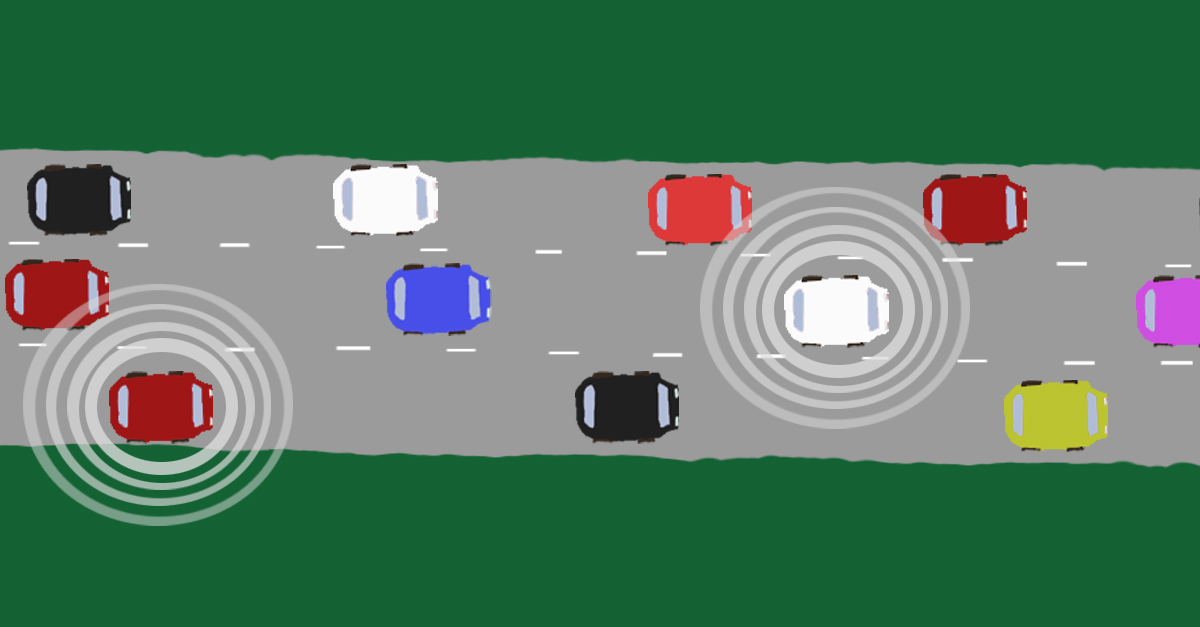
Recent research on the topic, consisting of simulated motorways with digital cars programmed to drive like humans, concluded that replacing just 10% of the cars on the road with driverless cars could increase traffic flow, and in some cases double car speeds.
More research is being conducted all the time on this subject but the evidence suggests it may only take a few self-driving vehicles on a road to help lessen ‘braking waves’ due to a computers ability to anticipate and adjust speeds better than people can.

